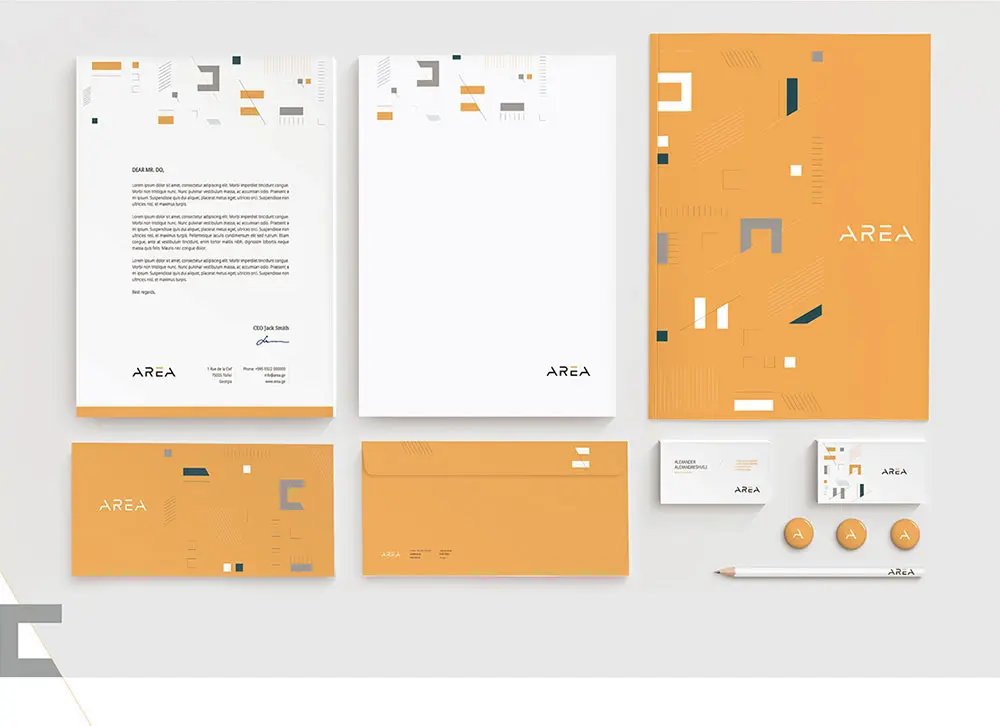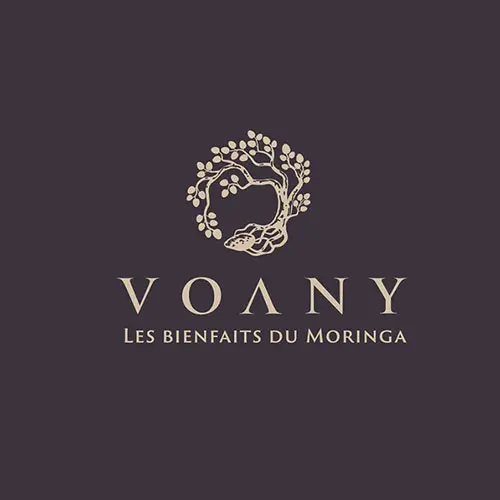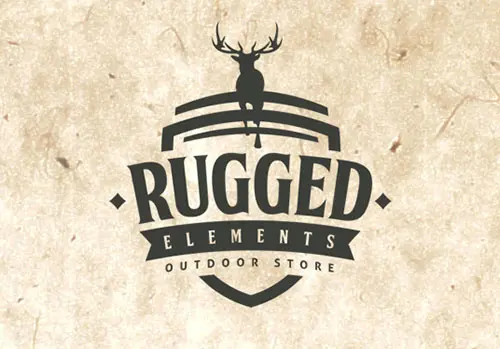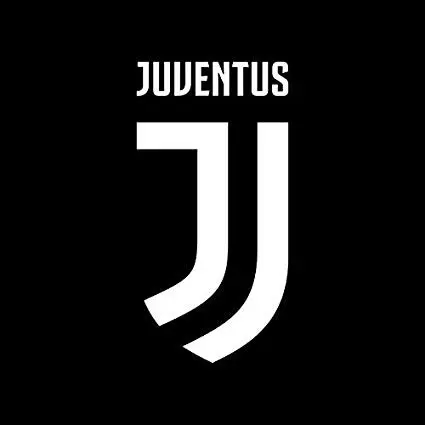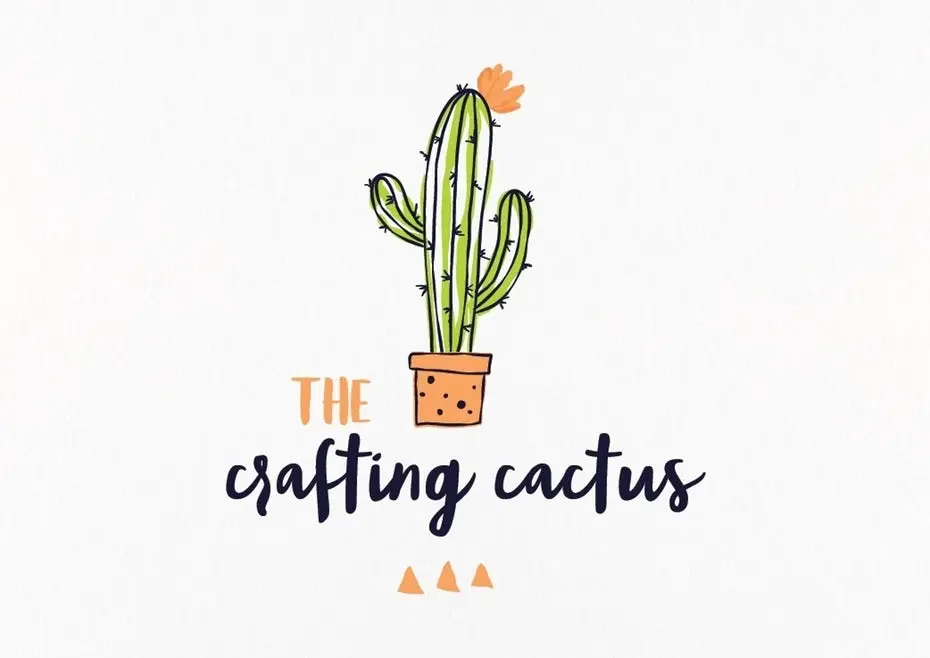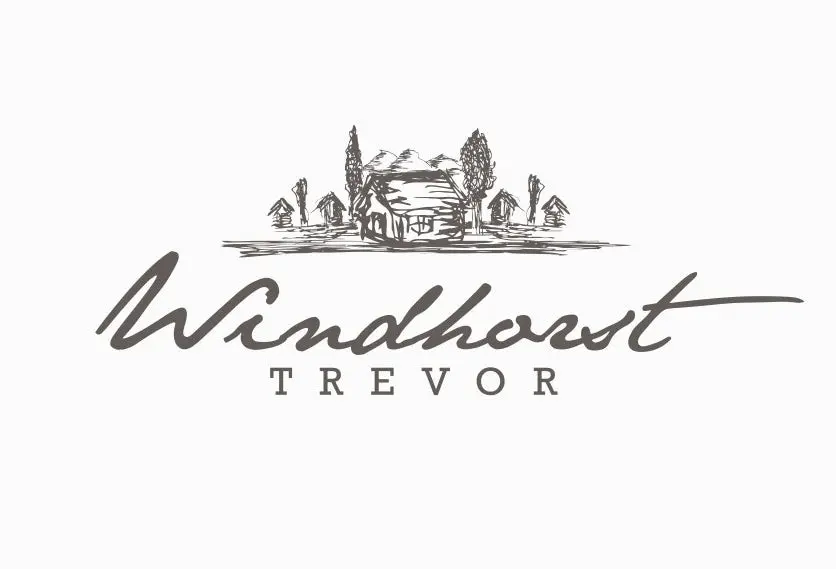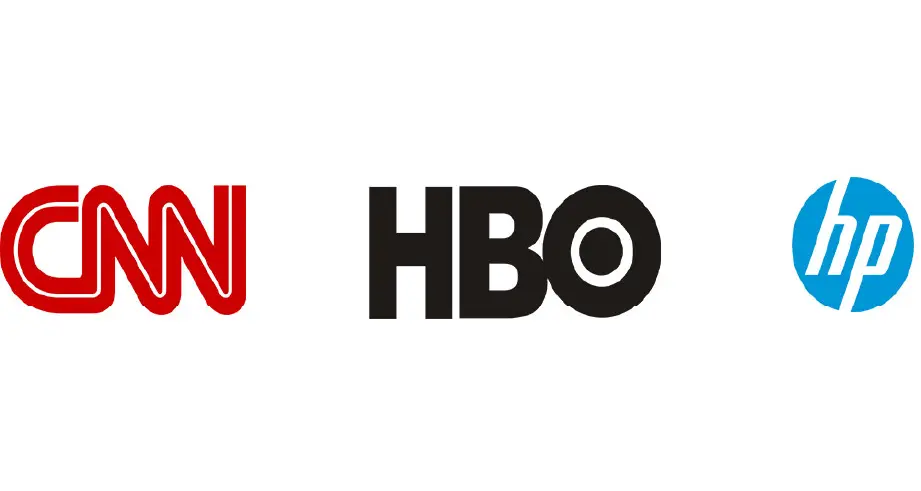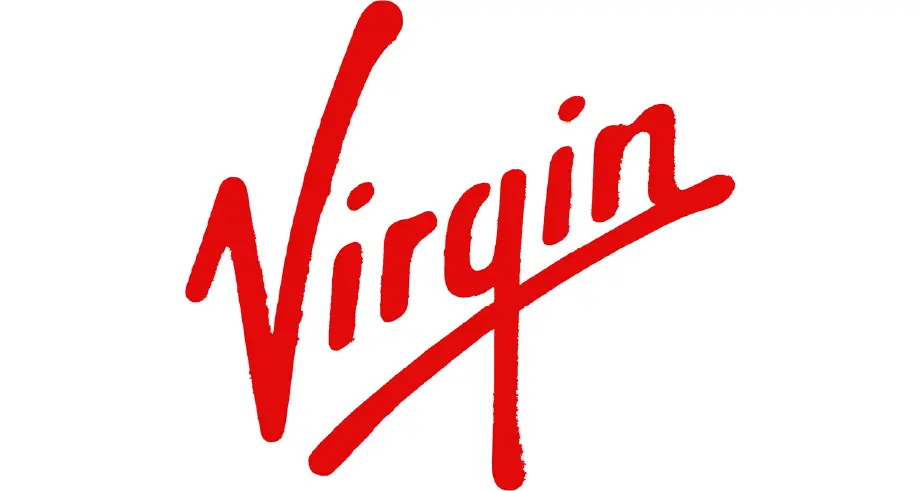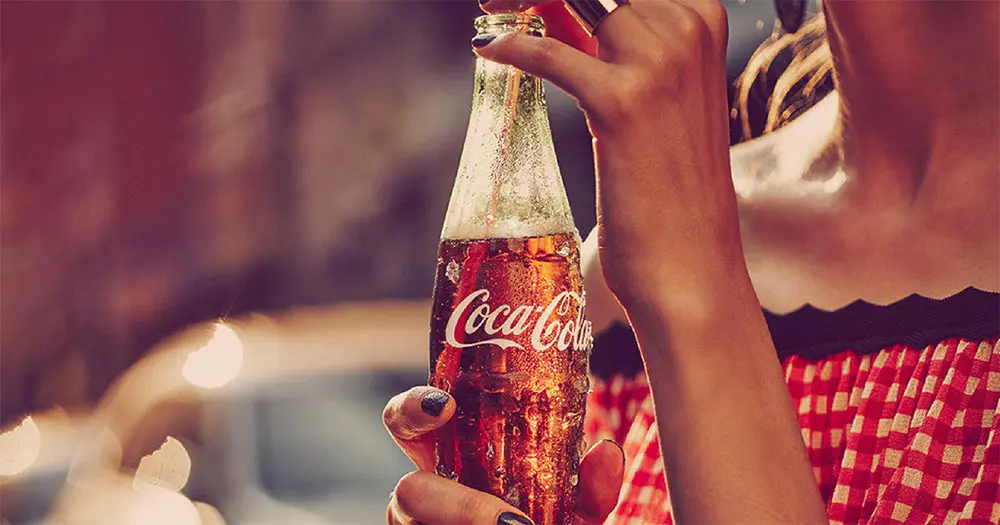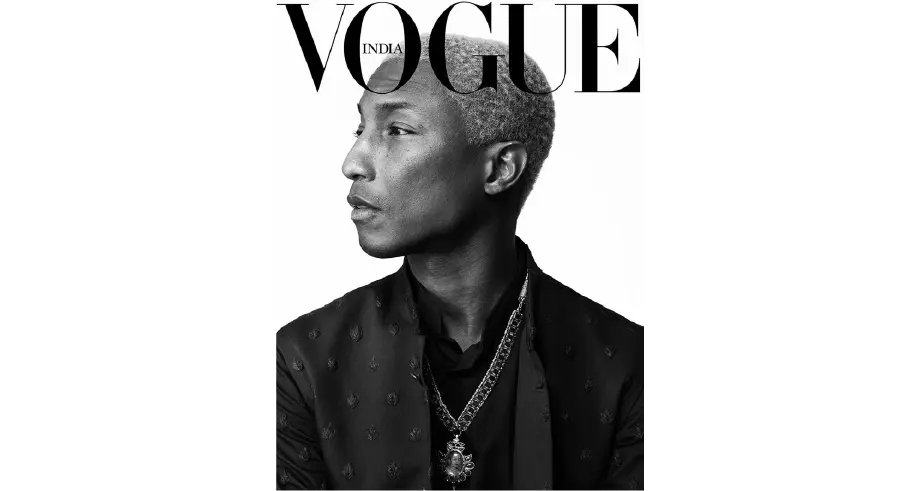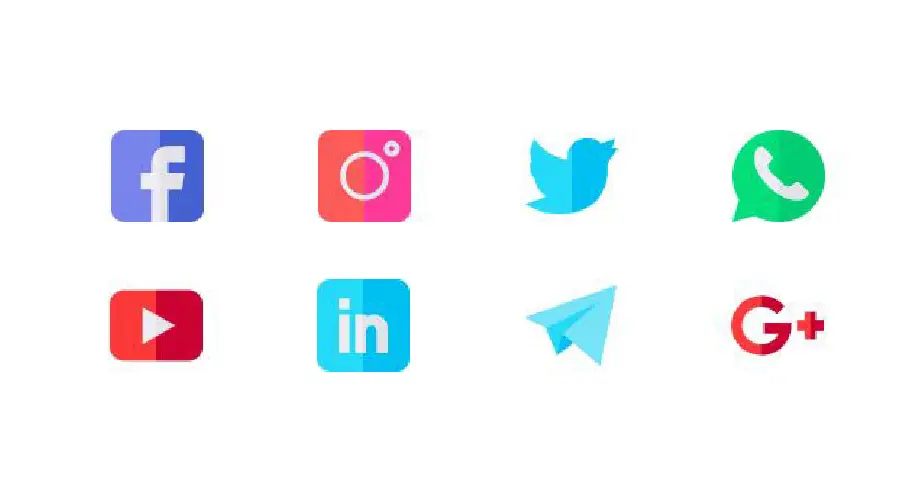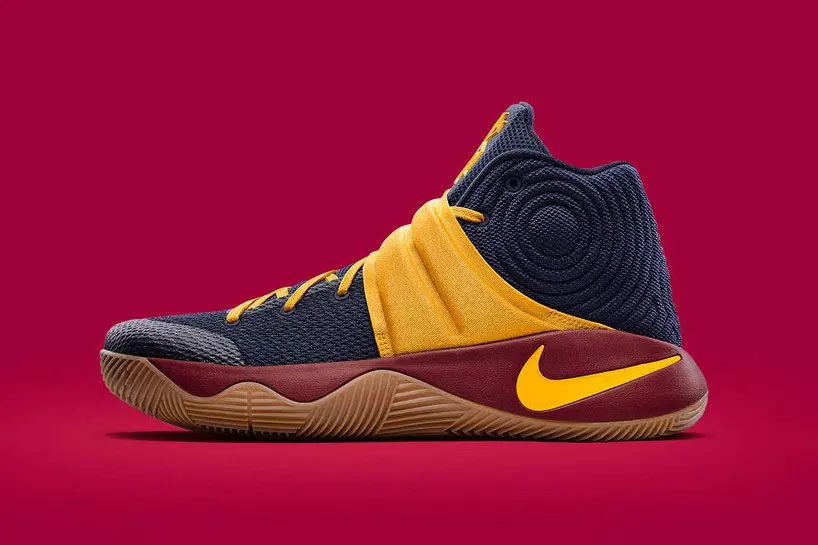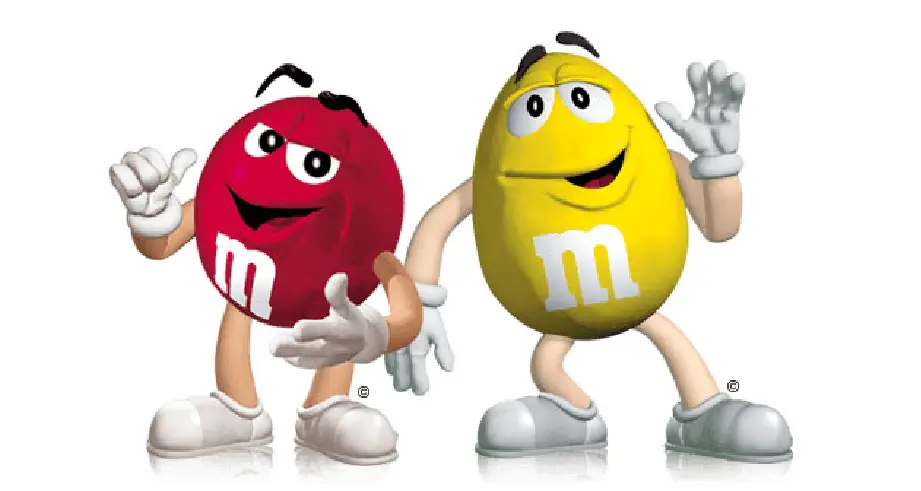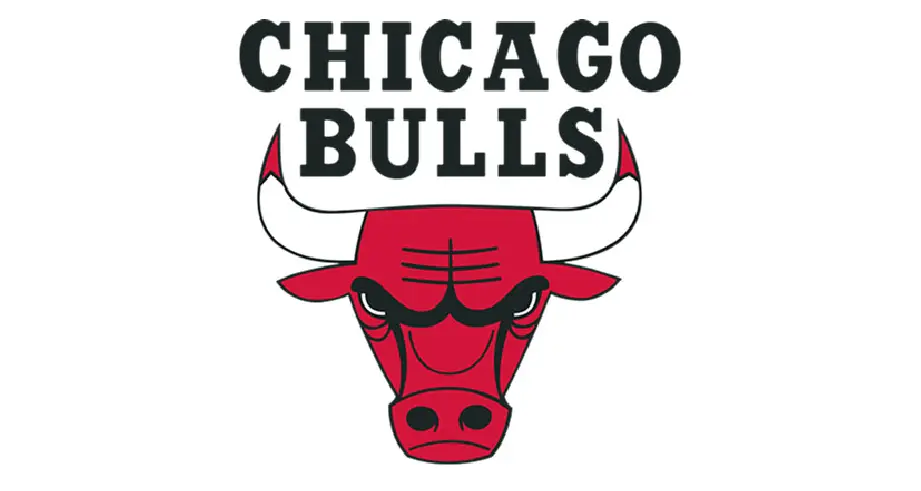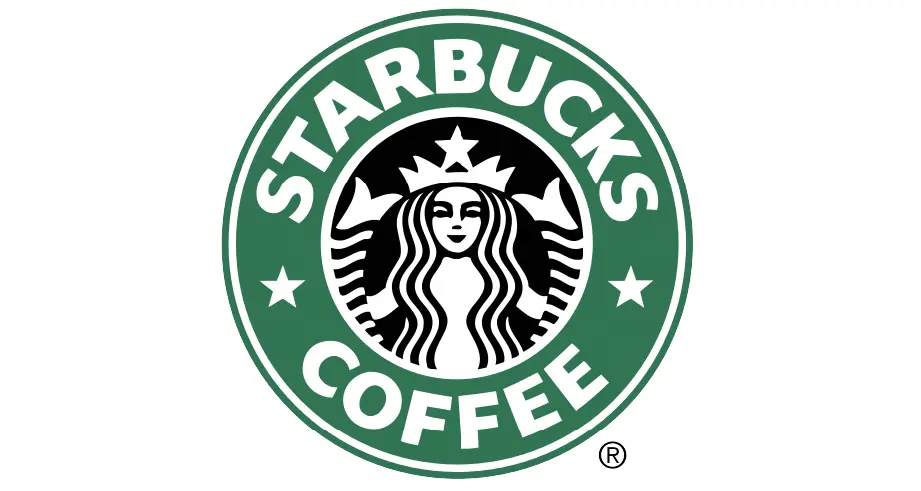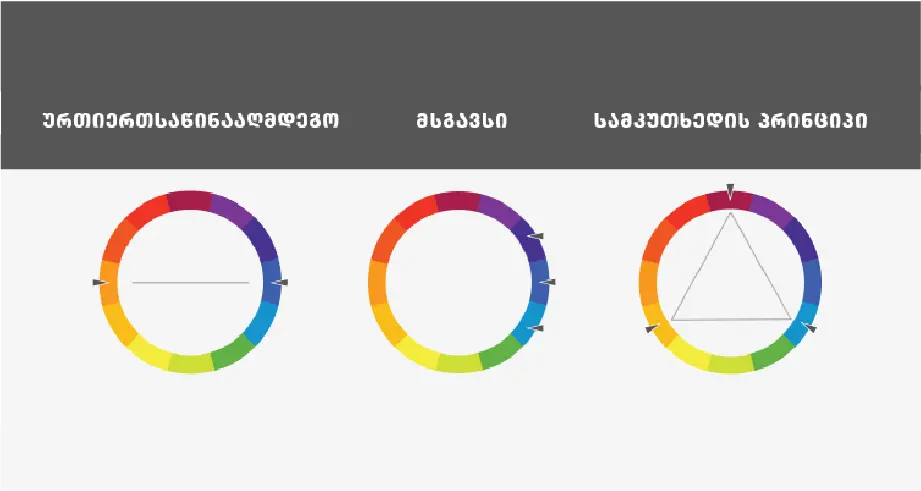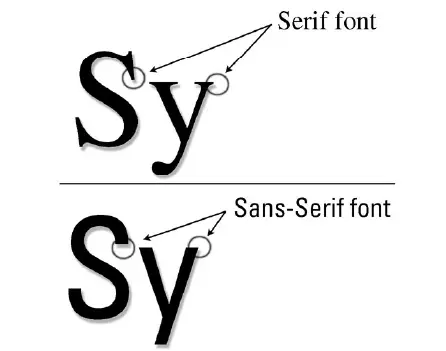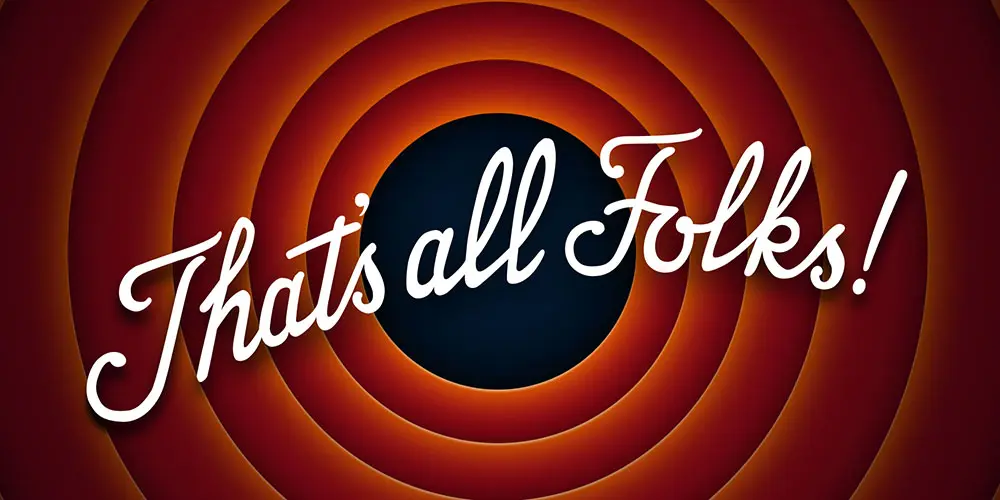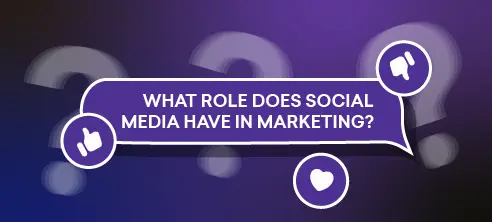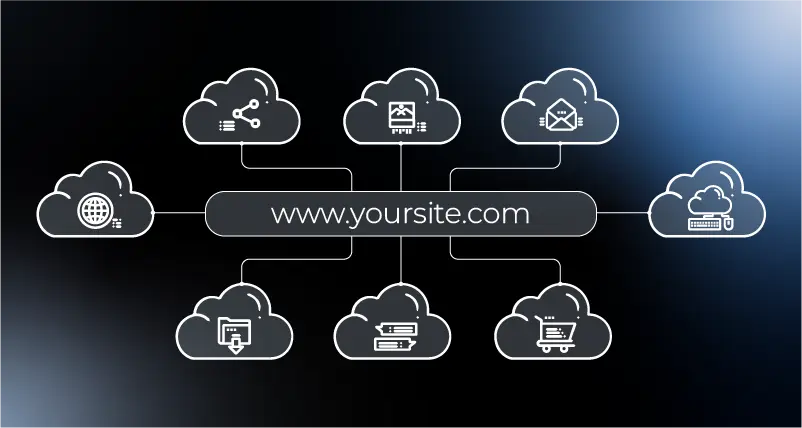Sans serif fonts
For a modern and simple look, using Sans serif is advisable. Simple and elegant Sans serif fonts are best suited for minimalistic logos.
Handwritten fonts
Handwritten fonts are more individualistic, less strict, and less formal. There is a huge difference in handwriting-like fonts, it's up to you whether you choose an elegant and clean handwriting-like or a more relaxed and carefree typeface.
Display fonts
Display fonts are highly stylized, decorative fonts and are the easiest to draw attention to.
Put different design elements together.
Since you already understand more or less what elements the logo consists of, it's time to assemble the components and give the logo a full-fledged look and distinct character. The main thing is not to lose the charge of your brand and harmoniously assemble the elements.
4. Manage the design creation process
You need to think about which way you will go - hire an agency, find out the best logo through a competition, or entrust the work to one person. Every choice has its price and suitable quality
Stay in touch with the designer.
The first rule to follow is to clearly state and communicate your needs and desires. It is not enough just to convey the technical requirements, the designer must know what your company stands for, what goals and values drive you, who is your primary segment and what you need to emphasize. The more information a designer has, the better able they are to create a logo that is unique and tailored to your company.
Although the logo will be your company, you should not forget that the designer is a professional, he has more knowledge and competence in this field, so you should trust him. Your feedback on individual elements or options of the logo should always be detailed and formulated, the designer should understand what you like and what you don't.
Evaluate the options
Sometimes you look at a logo and realize it's exactly what you need. More often, you can't make a clear choice, so it's better to ask partners, friends, and potential customers for help. Ask general questions to identify the best option:
Can you guess what this business does in a few seconds?
Is the logo easy to remember?
Is the logo universal? Will all the necessary space and materials fit?
Will the logo be useful for a long time or will it be replaced in a few years?
Is the logo unique? Or are they too similar to other brands' logos?
Will users like it?
Naturally, the requirements of brands for logos are different. So, where will you most often need to place your logo - fabric, labels, or digital materials? Don't just get stuck in personal taste, think about what will be most optimal for your company's daily activities.
Common mistakes that should not be made
- Don't follow industry clichés, don't be stereotyped. Do not think that if you have a dental clinic, a tooth and a brush should appear in the logo.
- Don't overcomplicate it. Genius lies in simplicity.
• Do not follow trends. Pay attention to what's popular, but don't base the whole concept on trends alone.
• Do not work with beginners, it will only waste your time and nerves.
What happens next
You have already created a solid foundation and now you can take care of other elements of branding. Start printing business cards, designing labels, or doing web design. You already have the style, color scheme, font, and most importantly, the required image. Good luck in your future endeavors!
